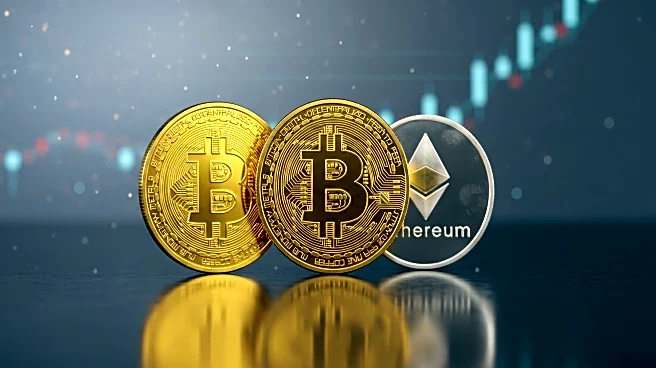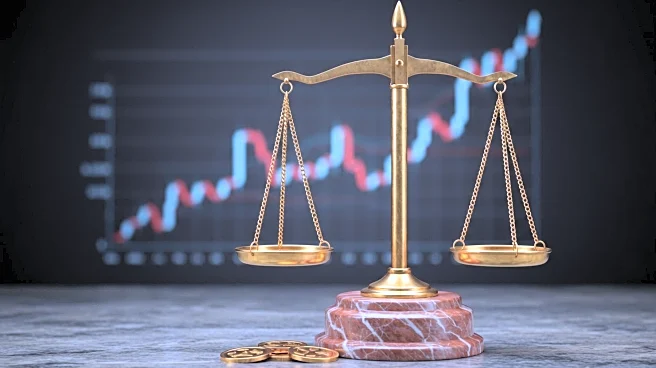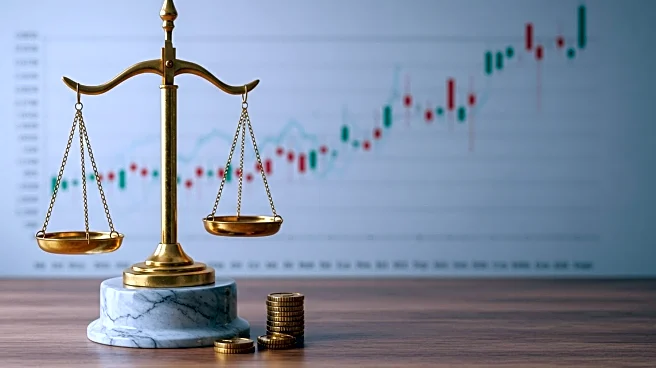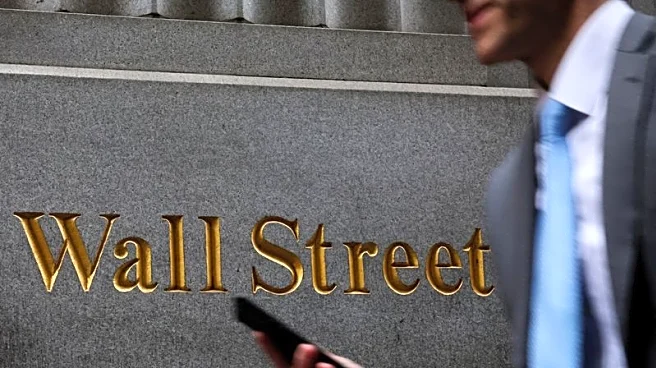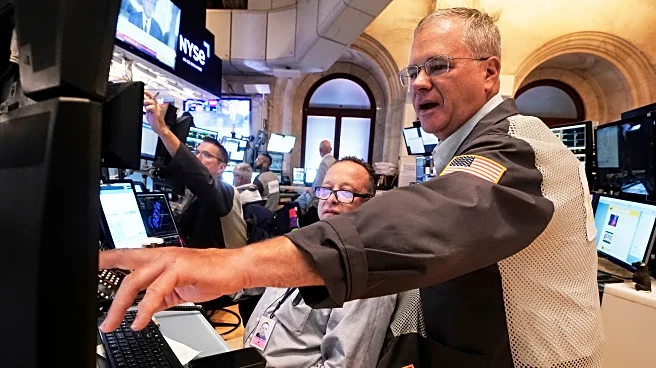Rapid Read • 9 min read
Federal Reserve Chair Jerome Powell delivered a speech at the Jackson Hole Economic Policy Symposium, addressing the current economic landscape marked by rising inflation and a fragile labor market. Powell emphasized the effects of tariffs on consumer prices and highlighted the slowing payroll growth and steady unemployment rate. He noted that the Federal Reserve has shifted from its 2020 average inflation targeting to a flexible 2% target, allowing employment to exceed estimated maximum levels without triggering automatic rate hikes. Powell's term as Fed Chair ends in May 2026, and the political climate suggests that his successor might adopt a less cautious approach to interest rates. This potential shift in leadership could influence the path of interest rates and market dynamics, particularly affecting U.S. Treasuries, equities, and the cryptocurrency market.
AD
The Federal Reserve's approach to inflation and interest rates has significant implications for various sectors of the U.S. economy. A cautious stance by the Fed supports a soft-landing narrative but may not lead to rapid economic growth. For the cryptocurrency market, a higher-for-longer interest rate environment could limit speculative investments in altcoins and crypto-related equities. However, sustained inflation could bolster demand for assets like Bitcoin, which are perceived as having scarcity or settlement finality. The potential appointment of a less cautious Fed Chair in 2026 could lead to increased market volatility as stakeholders anticipate changes in monetary policy. This uncertainty affects investment strategies across different asset classes, including Treasuries, equities, and cryptocurrencies.
As the Federal Reserve navigates the current economic conditions, markets will closely monitor upcoming data releases and Fed communications for indications of future policy adjustments. The possibility of a new Fed Chair in 2026, potentially appointed by President Trump, adds an additional layer of uncertainty. This could lead to changes in interest rate policies, impacting liquidity and investment flows across various markets. Stakeholders will need to adapt to these potential shifts, balancing short-term volatility with long-term strategic planning. The evolving political and economic landscape will continue to shape market expectations and investment decisions.
The Federal Reserve's policy decisions have broader implications beyond immediate market reactions. The shift in inflation targeting and potential changes in leadership reflect underlying tensions between economic growth and price stability. These dynamics could influence public confidence in the Fed's ability to manage economic challenges effectively. Additionally, the intersection of monetary policy and political considerations highlights the complex relationship between government institutions and financial markets. As the Fed navigates these challenges, its actions will have lasting effects on economic stability and investor sentiment.
AD
More Stories You Might Enjoy
